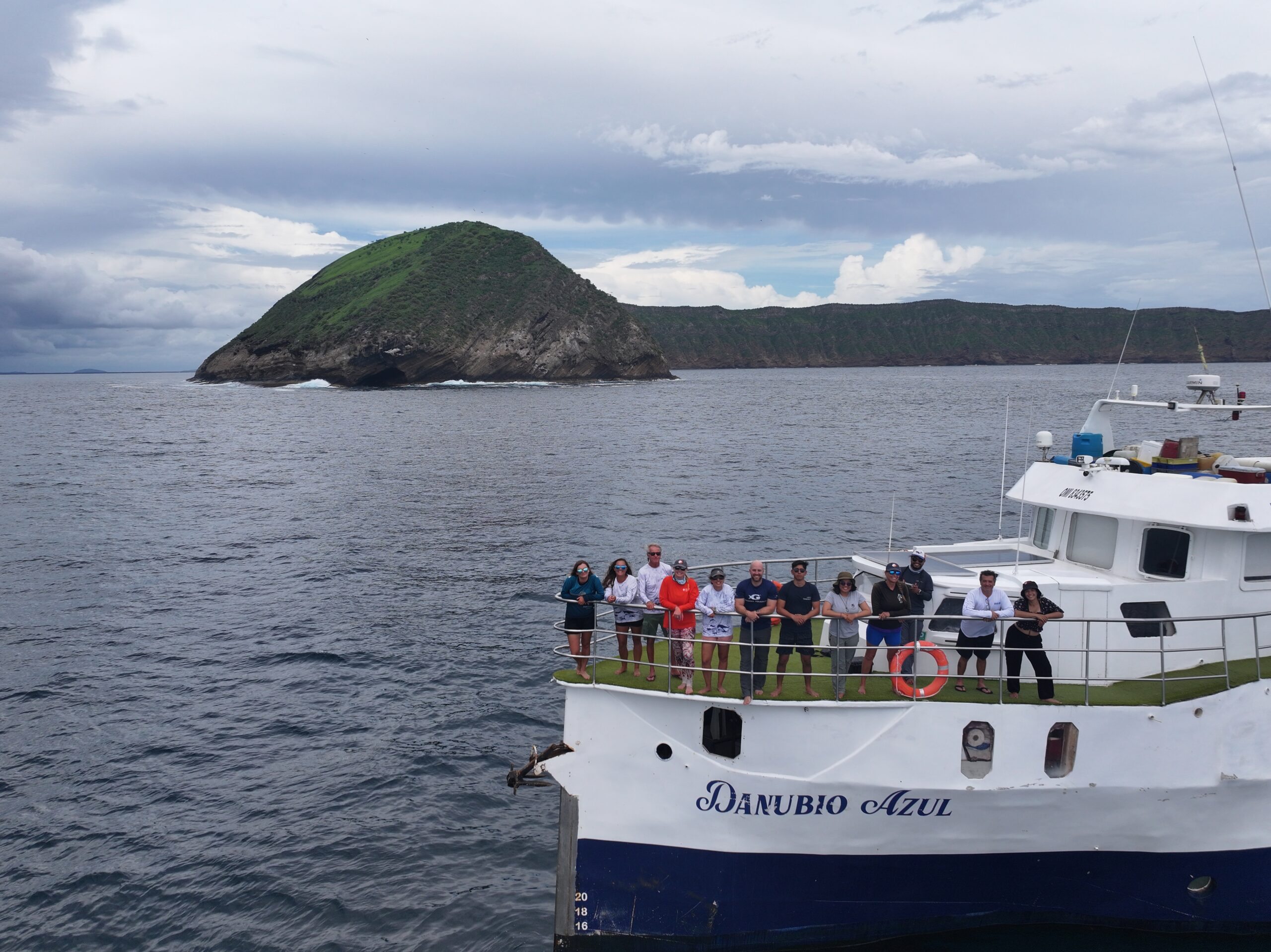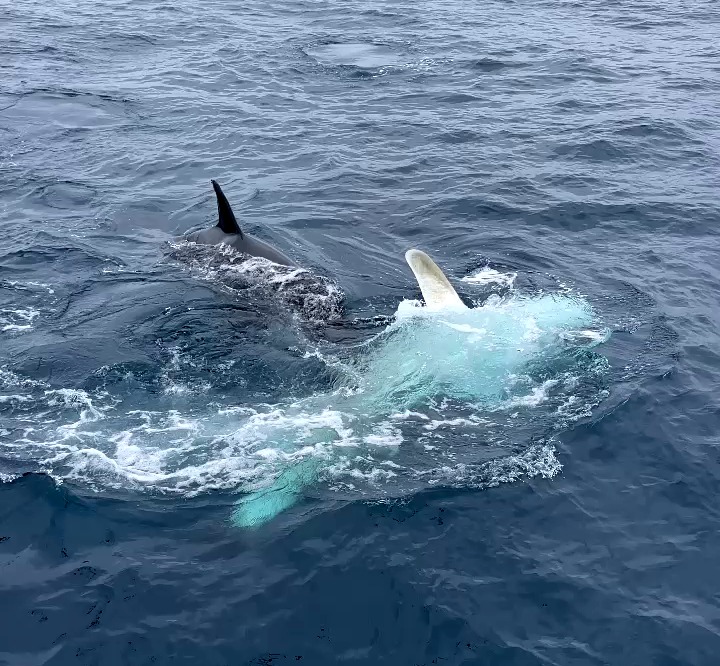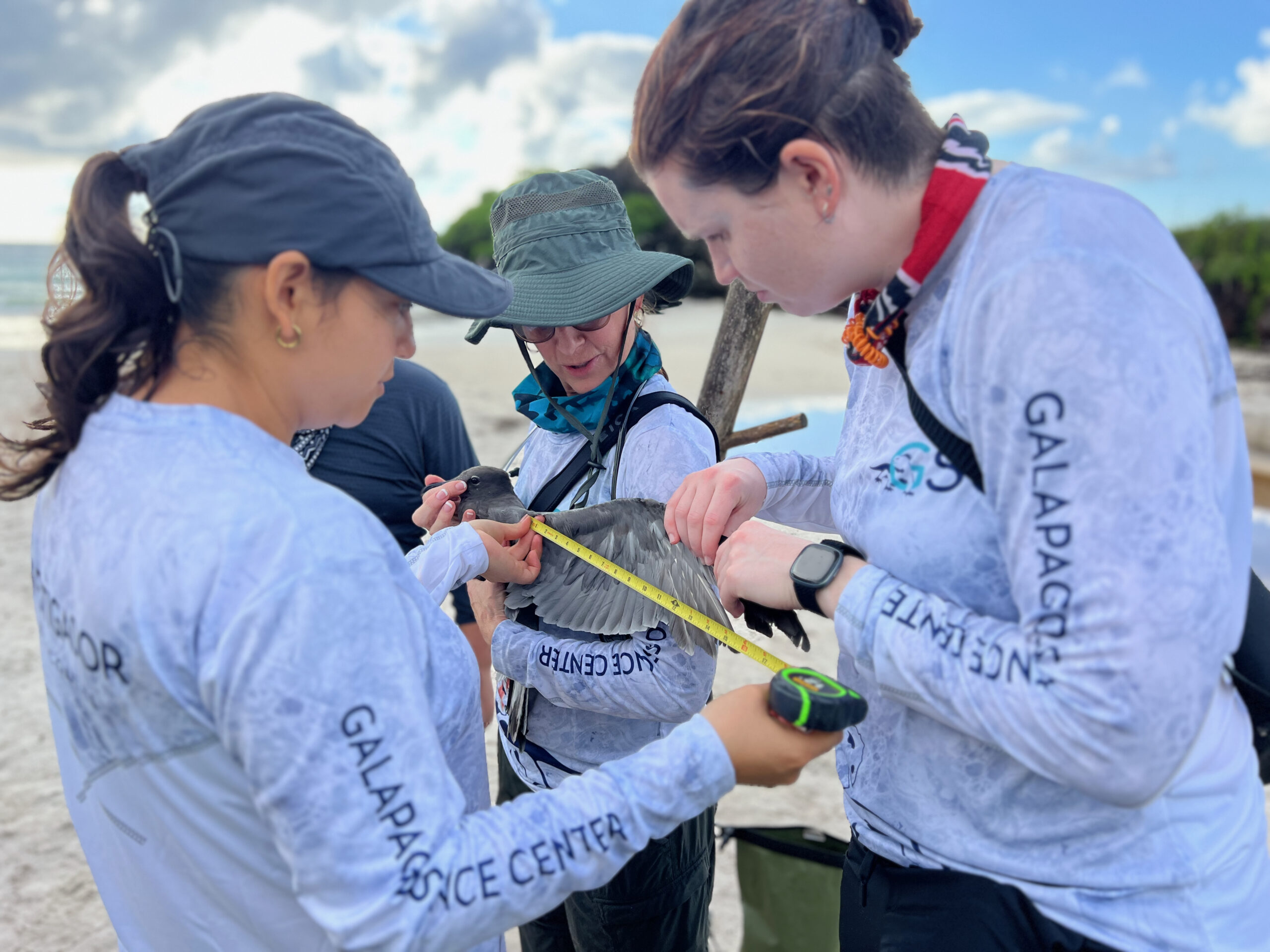Heterodontus quoyi goes by many names: in English it is known as the Galapagos Bullhead shark or the Peruvian Horn Shark (the latter because of it’s spines in front the first and second dorsal fin). It is one of the most elusive species of sharks that has recently come into the attention of researchers. Despite having been around since the late Jurassic, very little is known about the Galapagos Bullhead Shark. It has been classified as ‘Data Deficient’ under the IUCN Red List of Threatened Species, the most dangerous category to be in.
The Galapagos Bullhead shark is found across the Galápagos archipelago and in the northern coast of Peru but very little is known about this species. We know that they live in shallow tropical waters around continental and insular shelves. They carry out their life as bottom dwellers, where they blend in well with their habitat. They are around 3-4 feet long, with a spotted body and cat-like eyes, which is why it is locally known as the ‘cat shark’. Long pectoral fins allow it to move swiftly through the bottom of the ocean floor whilst it scouts for prey. We know they lay eggs but not much else is known about their reproductive behaviour. Nothing is known about their longevity or if they migrate or not. They are a wonderfully peculiar marine species and we are excited to finally find out more about them.

Maximilian Hirschfeld, now at James Cook University, with help from the Galapagos Conservation Trust, the Rufford Foundation and a long time collaborator with the GSC, began the Bullhead Shark Project back in 2015. This is one of the most ambitious research projects currently taking part in the Galápagos Islands. It has four main objectives: To understand the current population size and structure; the geographic distribution for this species and if there are abundance hotspots, reproductive or nursery sites; to understand the genetic structure of the different populations and the total species range; as well as identifying the main threats to the Galapagos and Peruvian populations to establish the most appropriate form of conservation management.
So far, some interesting findings have come about. Possible reproductive areas have been found on the western side of the archipelago on Punta Vicente Roca (the sea horse snout part of Isabella Island) and in the Bolivar Channel between Isabela and Fernandina Islands. These areas are linked to high upwelling of nutrients, leading to higher abundance in prey but it could also be that the rich oxygenated waters increase the species metabolic rates. And although lower in abundance, they are also found around San Cristóbal Island (they have been spotted in Darwin’s Cove). The next steps are to identify if this is a significant reproductive site for the south-eastern bioregion of the archipelago and as such, an important research site.
In the Galápagos Islands bullhead sharks are protected from industrial fisheries. The Marine Reserve has provided safe grounds for this and many other species since 1998, but in Peru, the sharks fall victim to incidental by-catch. While little is known about their migratory behaviour, it is expected that this slow moving benthonic species, has little genetic exchange across it’s range. Creating novel insight into the bullheads’ geographic distribution and gene flow will not only provide crucial information to evaluate the status of this species for it’s IUCN category, but also award it a level of protection further afield than just in the Galapagos.
We still need to understand how other factors, like climate change and marine pollution have on this species, as it affects all species regardless of their taxa. On a research cruise carried out around the Galapagos archipelago in late 2015, during the occurrence of ‘El Niño’, sea temperatures were higher than normal and less Galapagos Bullhead sharks were observed compared to 2016, when sea temperatures had returned to normal conditions. Considering the life history of related egg-laying species, and the Bullhead sharks’s preference for cold waters, climate change could have a profound long-term effect on this species at isolated locations (such as the Galapagos).
This project works with local and international volunteers as well as with members of the public, including tourists.The spots on the bullhead shark are unique to each individual and thus can be used as a non-invasive ID. You can take part in helping to identify individual Galapagos bullhead sharks by taking photos and submitting them to www.bullheads.org. Here you can upload you photo, where the ID is verified and the results are matched to previously ID’d sharks or it’s added to the data base. By taking part, we can help Max and his team estimate population numbers, movement of individuals and population connectivity.
It is important to remember that if you are lucky enough to encounter one of this wonderful sharks, take care when taking your photograph, approach it gently and most importantly, do not to touch them, they could become frightened and we aim to remain our identification efforts non-invasive. We must remember we are guests in their ocean habitat. If you want to find out more and be part of the Bullhead Shark Project you can access any of the links below. The project also provides opportunities for undergraduate theses.






